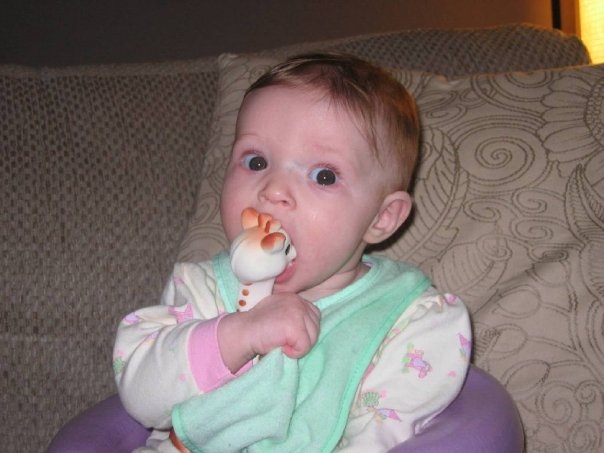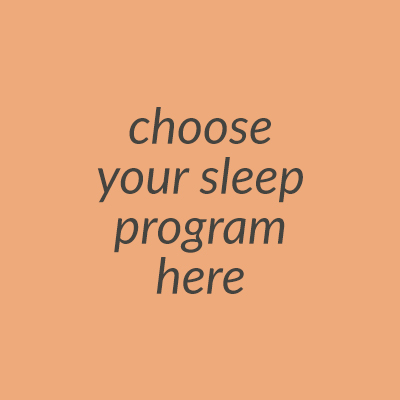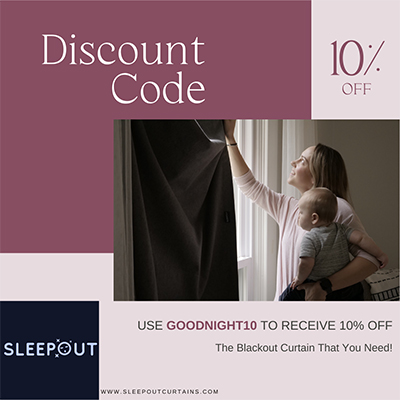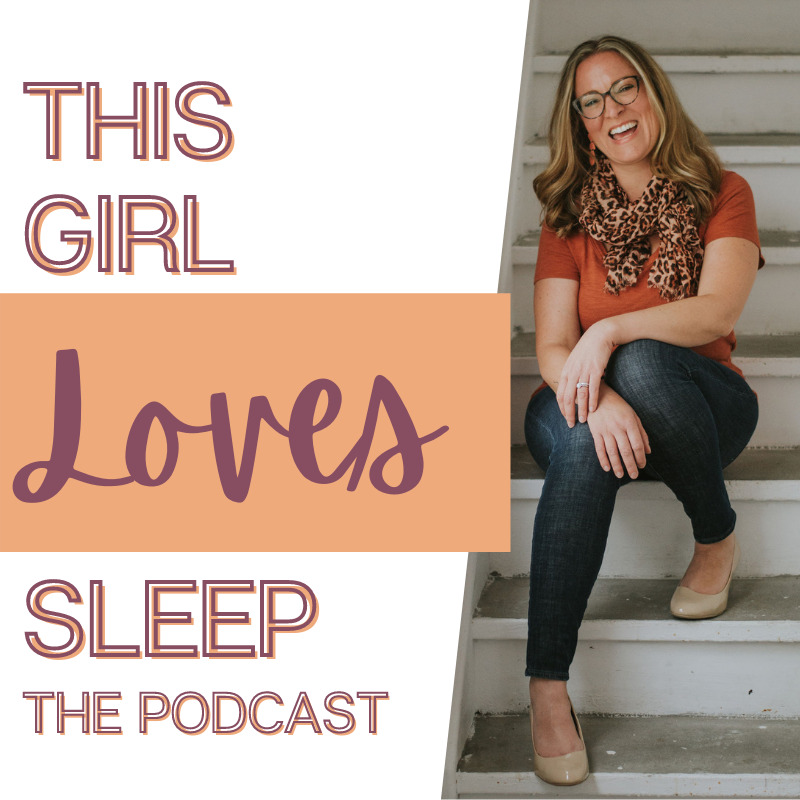You are about to enter another dimension. A bedtime dimension that many parents believe their baby will show signs of a tired, fussy, or clingy child. Yet in this dimension the opposite is true. You see once you’ve missed that small drowsy bedtime window your child will go from tired and fussy into a journey of wonderous extreme energy in 0 to 60.
Next stop, the Twilight Zone! Okay maybe not the Twilight Zone but you’re definitely in the overtired zone! Your child is now experiencing his second wind and actually may appear to be wide awake and wired.
Sign Up For Our Newsletter
Buckle up, it could be a long night.
There are a few reasons why it can be easy for parents to miss this drowsy window. As you all know, I like to push for early bedtimes. Making sure a child goes down early enough, and at their proper biological times is something parents need to focus on. Sleeping at these biologically appropriate times will allow your child to get the best restorative sleep possible. The better rested they are during the day and when going to bed, the better they will sleep at night.
Missed sleep can complicate matters even more. We as parents need to understand that babies need a lot more sleep than we do. They can’t function off of 7 or 8 hours like we can. If your child isn’t getting the nap transistions throughout the day that he needs, and this is happening consecutively, he will accrue what’s called a sleep debt. As this sleep debt increases his body can experience stress, which releases adrenaline and cortisol throughout the body and causes extreme energy. Hello hyper overtired child! They will now fight you on sleep, wake up numerous times throughout the night, and super early in the morning. Your child experiences the feeling of being more and more tired, but their body is feeling more and more stimulated from the adrenaline and cortisol coursing through it. The sleepless cycle has been created.
Another way to help avoid this zone and release the “good” sleep hormone melatonin, is to practice a consistent bedtime routine. In order to fall asleep adults and children need some consistent wind down time. It’s tough to just turn the sleep switch on and go to bed. Practicing a similar routine before each sleep phase helps prepare your child for sleep and actually cues the brain to release melatonin to allow your child to get drowsy. A consistent bedtime routine can be practiced from day one.
So next time you’re scratching your head wondering how your super hyper child could possibly be OVERTIRED, look at the clock. Chances are it’s too late mama and it’s time for your little one to go to bed. Down time commence!

Alanna McGinn is a Certified Infant and Toddler Sleep Consultant and Founder of Good Night Sleep Site – a Global Pediatric and Family Sleep Team. She provides free child and family sleep support through her Facebook, Twitter, and Instagram. She invites you to join her sleep community as she works towards Good Night Sleep Site’s mission of a healthier rested family unit. For more sleep tips please visit Good Night Sleep Site.






